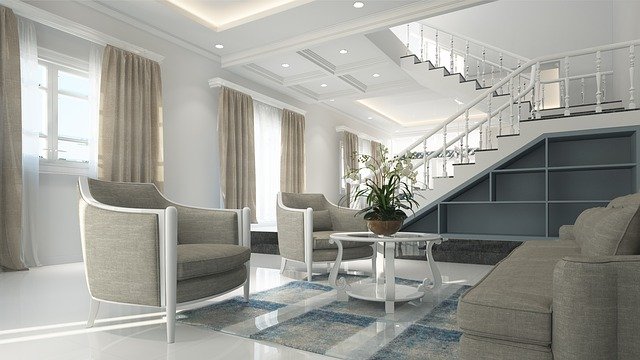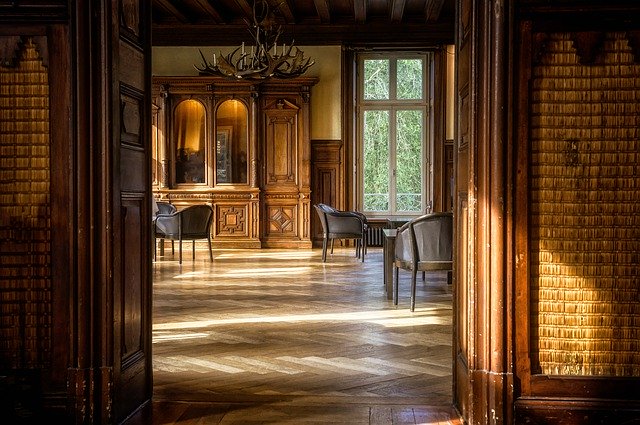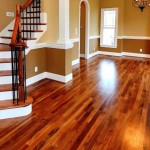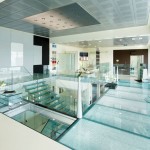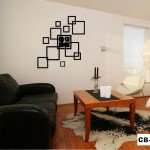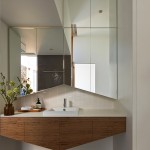Interior Designing And Their Usefulness
Interior design is the perception of spaces, and we intend to use it or adorn it. Professional interior designers develop the available space in a way that will agree to our needs and emotions. A house with well-crafted and arranged interiors not only makes it functional but also enhances the quality and living standards of the occupants. An interior designer plans, studies, organizes and manages projects to improve a given space scientifically and artistically for a healthier and visually pleasing environment for those using the area.
People usually hire interior designers when they have bought a new place and wish to adorn it, stage the house before selling it, change the layout or for developing a commercial space like offices, malls or factories.
Elements Of Interior Design
Interior designing is not merely about creativity or flair. Instead, it has a lot of science involved to enhance functionality. Professional Interior designers base their projects on some principles and informal rules, as mentioned in the list below, to achieve a balanced and aesthetically delightful interior.
Line: Dynamic, vertical and horizontal lines using the room’s furniture and furnishings help give the room a basic shape and guides the eye. The designer creates harmony and contrast by incorporating different lines while keeping one dominant as per the client’s wishes.
Space: Understanding the space available is the very fundamental of interior design. We can classify the space available under positive and negative space. The positive area refers to the space taken up by objects, and negative space is the open space used as traffic paths. The key is to strike a balance between the negative and positive space to prevent overcrowding and sparseness. Again, a lot depends upon the client’s desires, needs and choices as suggested by most home interior designers in mumbai.
Light: The importance of proper lighting is manifold- it sets the mood, defines the textures and lines in the room, and shines. Lighting can be categorized under accent lighting to emphasize objects, task lighting for a specific purpose and mood lighting for lifting the ambience. Moreover, lights come in various shapes, shades and sizes which add to the style element anyway.
Form: By form, we mean the shape of the room and all the objects to be contained in it. It also talks about the proportion of the objects concerning the size of the room. The form can be geometric or neutral. The geometric shape is the square edges or hard lines which is human-made while neutral style refers to the more organic and soft forms. Too many ways can result in a confusing ambience, whereas adding analogous shapes can create more definition.
Colour: Colour is a statement, and interior designers have to master the psychology of colours for effective interior designing. The colour of a room sets the mood, creates illusions and is capable of stirring emotions and memories. Before selecting the tone for the rooms, the designer will first judge the purpose of the room and the activities it will serve, then consider the artificial or natural lighting to influence the room at all hours of the day and finally take the size of the room into account. For instance, small rooms sport light and bright hues to give the illusion of larger space while big rooms receive darker shades for robust dimensions.
Pattern: pattern refers to the incorporation of repetitive designs through rugs, fabrics, soft furnishings and wallpapers. Trends can come in stripes, motif, and organic, geometric, pictorial and animal prints. It is recommended not to indulge in more than three patterns to avoid overwhelm.
Texture: Texture adds to the feeling of a room and gives it a unique factor. The use of texture provides the space with a subtle sense of depth. Texture comes in two forms- actual and visual texture. The latter refers to the composition as perceived by the eye while the former can be seen or felt and has 3D characteristics.
Types Of Interior Designing
Residential Interior Designing
As the name suggests, residential design refers to the fabrication of the interiors of private residences to craft an artistic and livable space. Here, the plan is personalized as per the client’s desires.
Commercial Interior Designing
The commercial interior design comprises several sub-specialities like retail, corporate, healthcare facilities, visual and spatial branding, institutional, hospitality and recreational, exhibition, traffic building, sports, etc.
Wrapping-Up
Hiring professional interior designers is always a good investment considering its longevity. Besides, you can also maintain your interiors by keeping it clean and decluttering it regularly, purchasing durable and furniture décor items and sparing a thought or two on window treatments and crown moulding. This will give your abode an elegant Finish.

